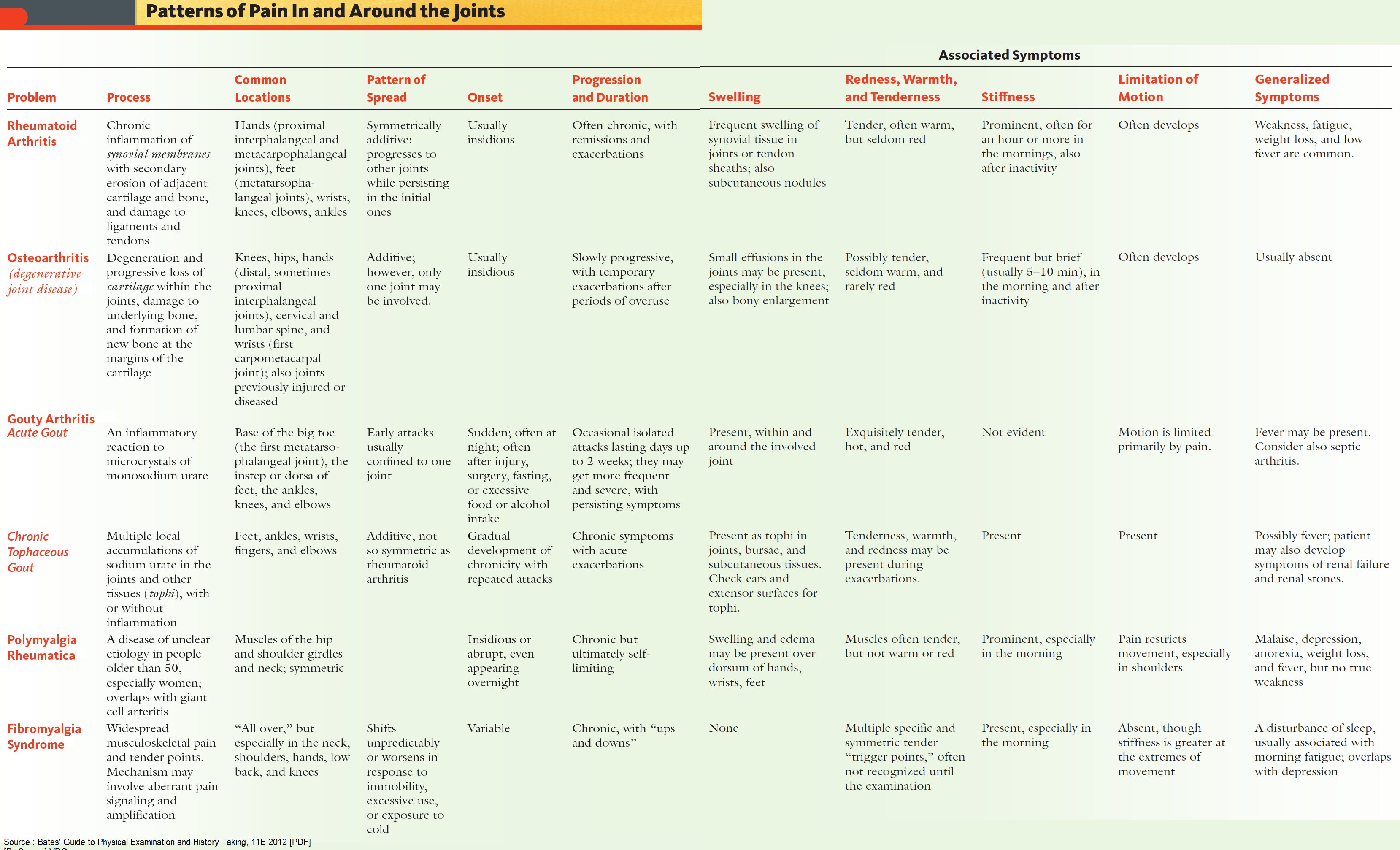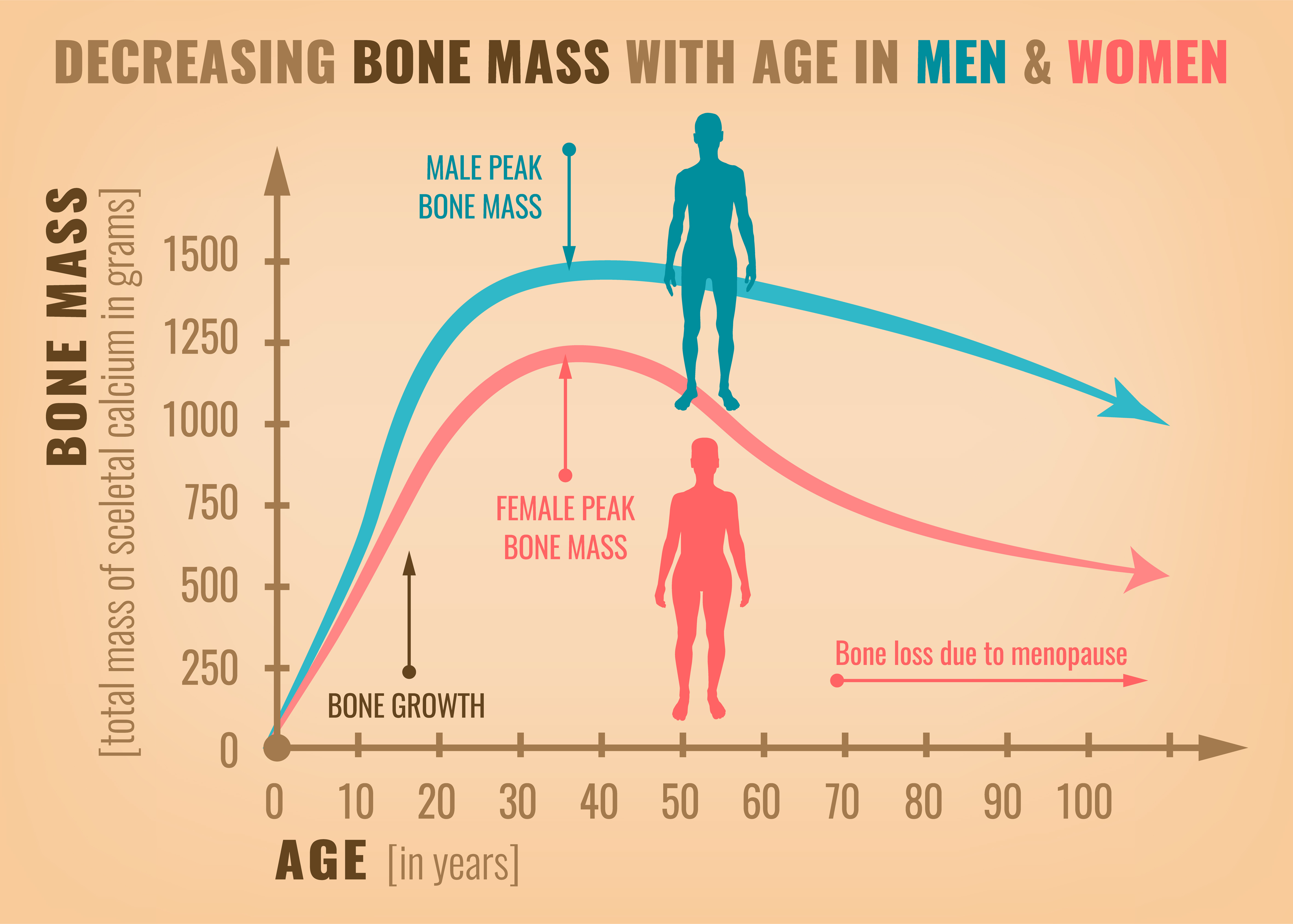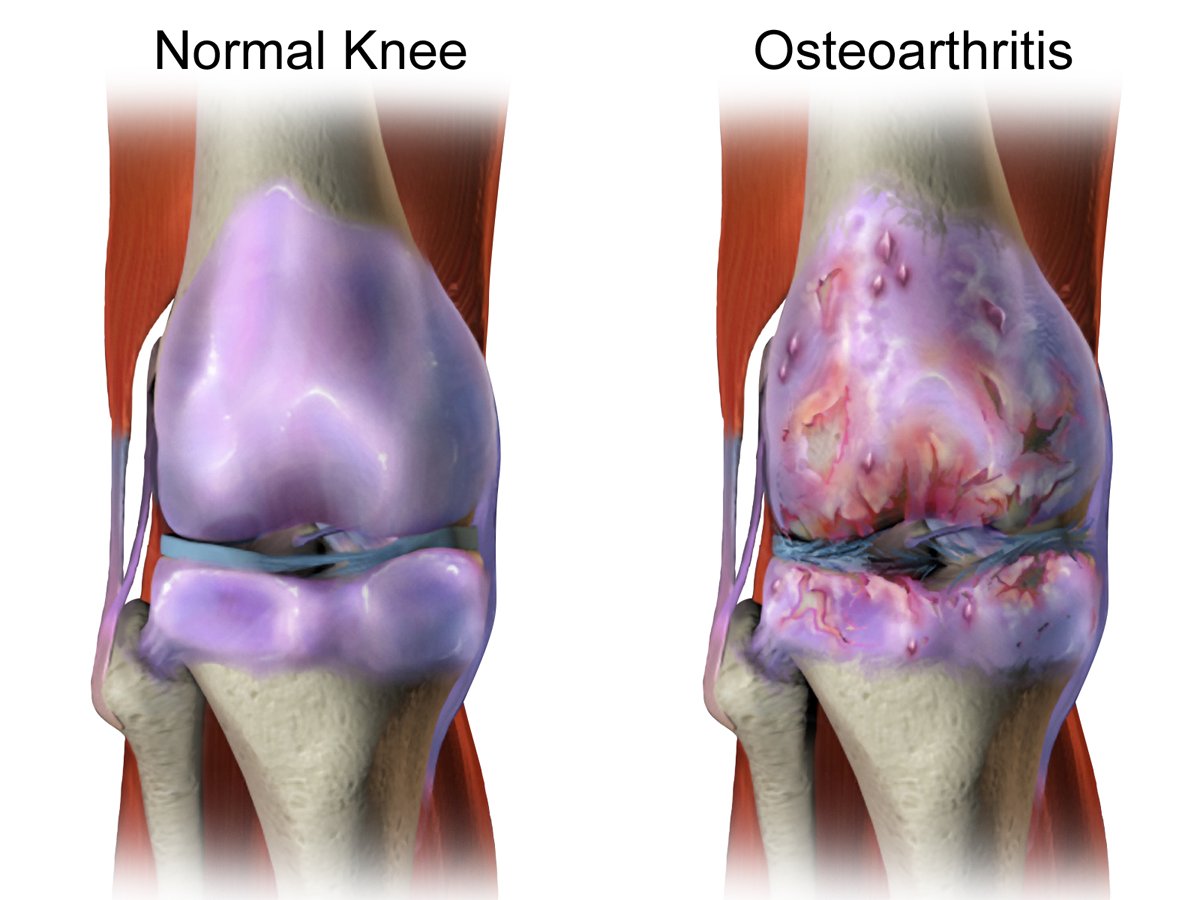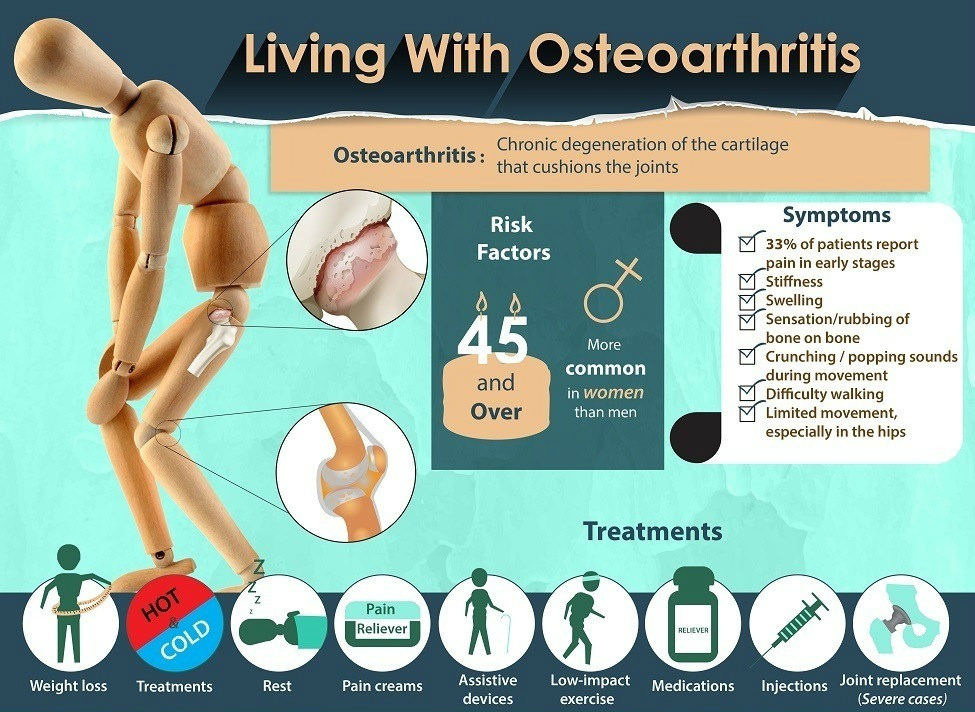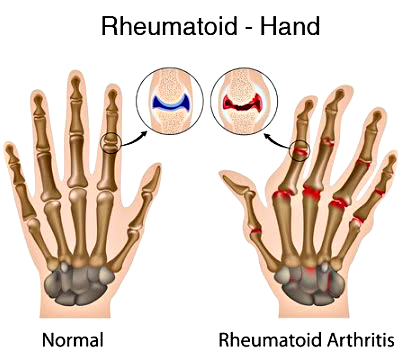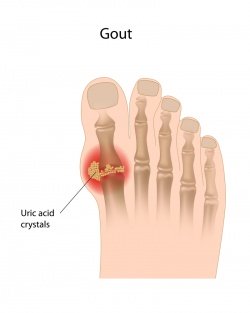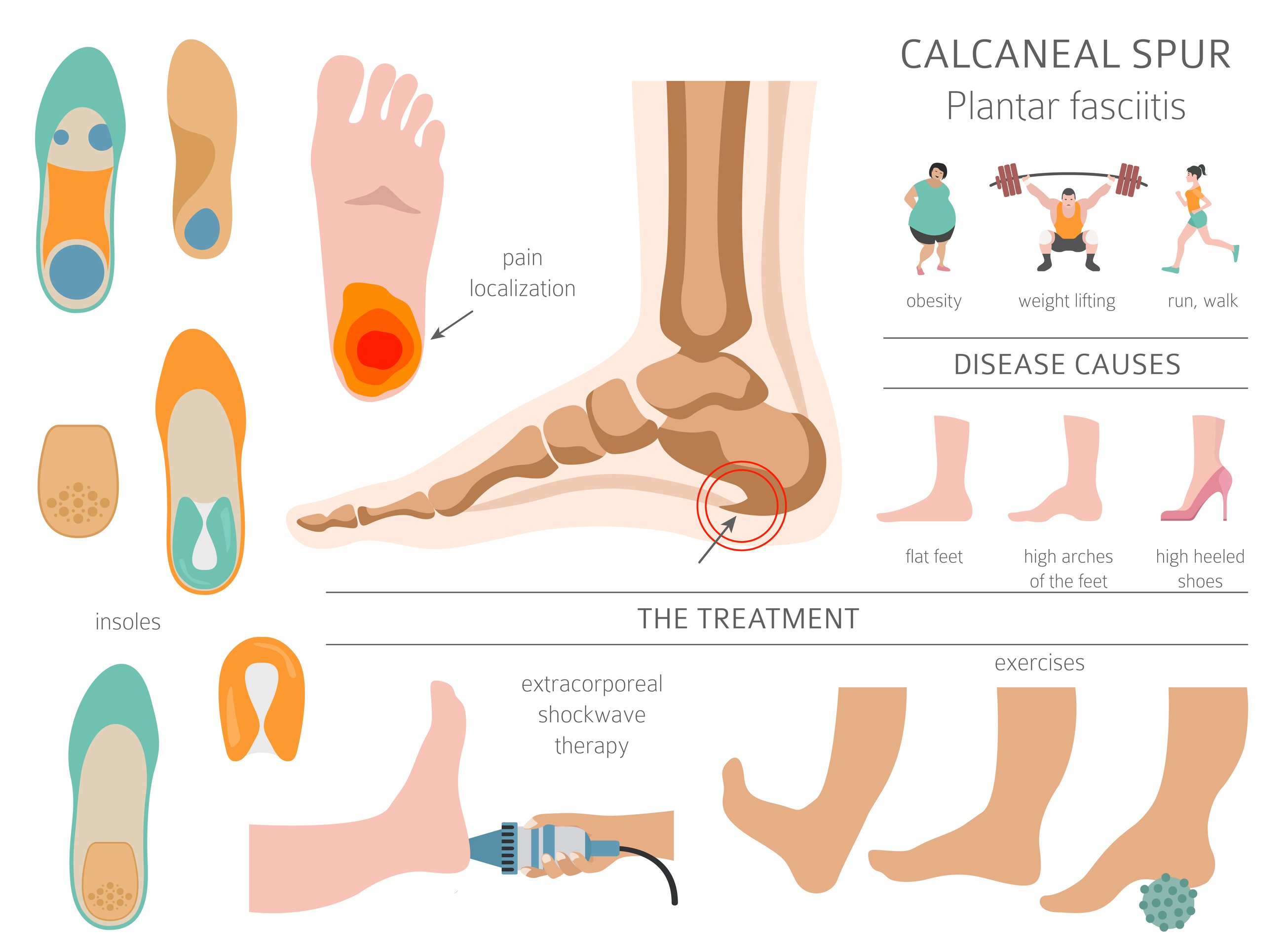膝の痛みの治療 |
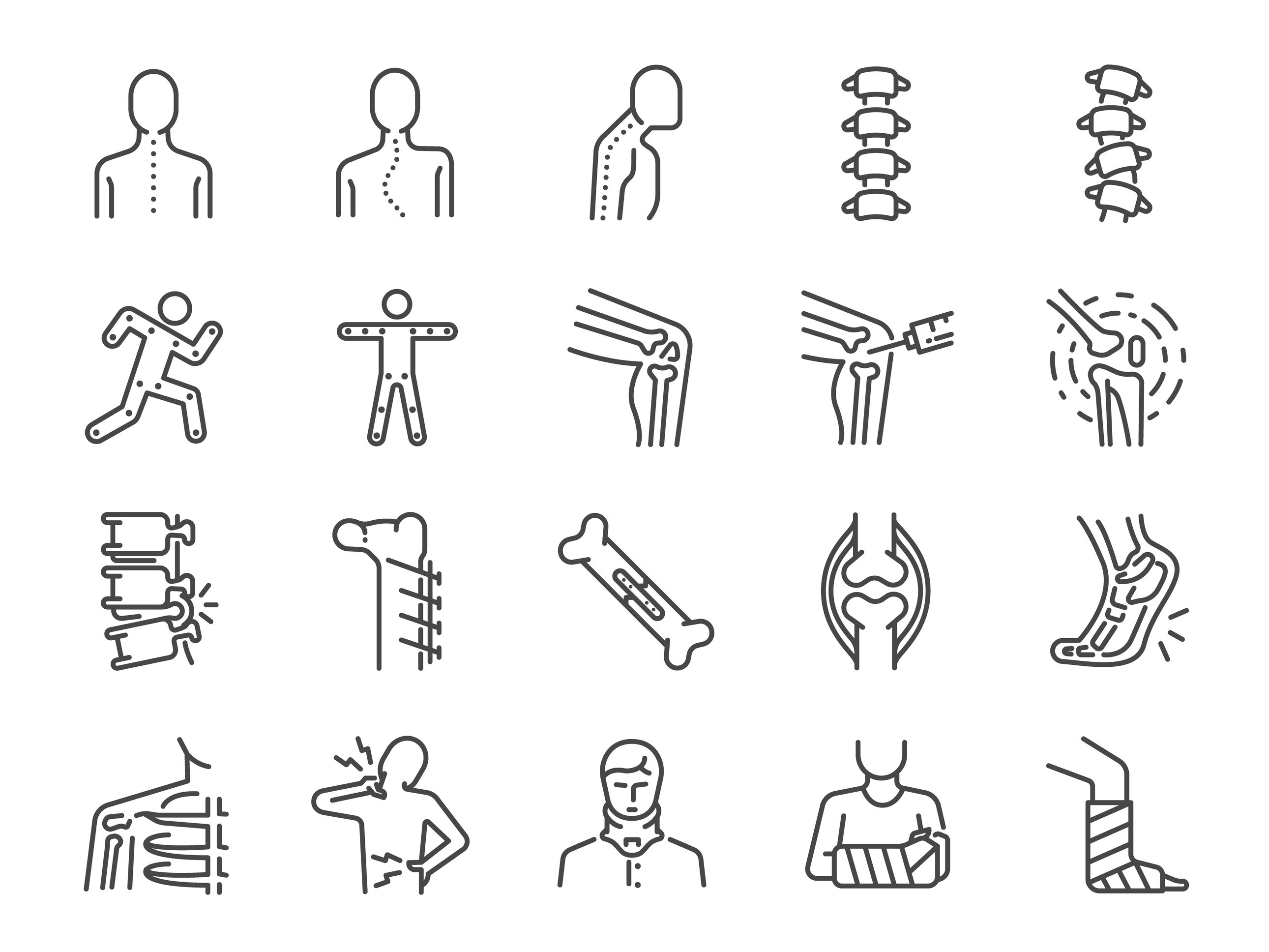 |
Treatment for Knee Pain / Patellar Tendinitis
シンガポールの医療 - 一般内科、皮膚科、アレルギー検査、痛みの治療、健康診断、小手術、予防接種、小児科、産前産後ママとベビーのマッサージ/乳腺炎治療
シンガポールではどこで医療を受けることができますか?
https://singalife.com/category/62797/
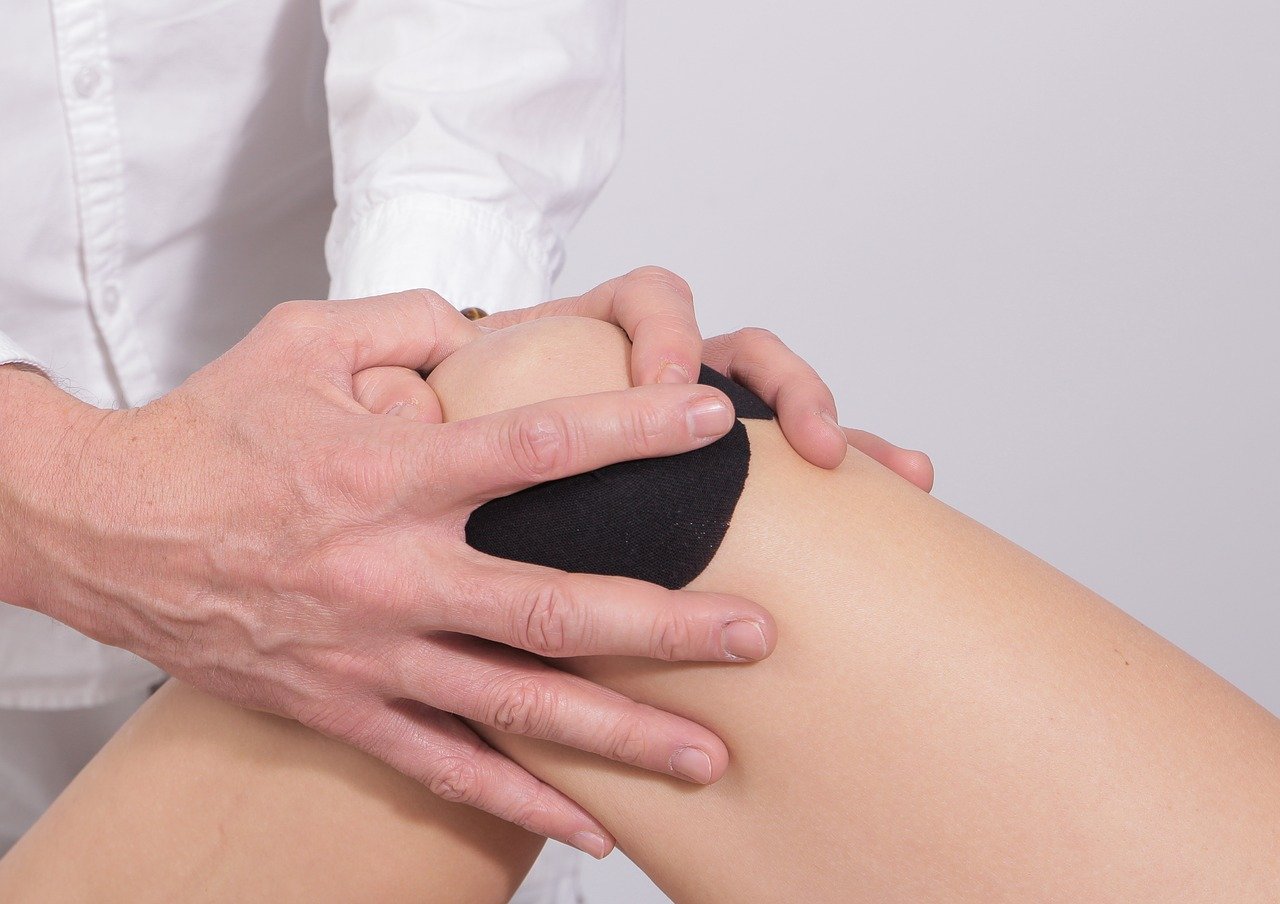
Knee joints play an important role in supporting weight, standing, walking and running. The main function of the knee joint is to bend, stretch and support the body along the ankle and waist. The knee is composed of the femur (thigh bone), tibia (shin bone), and patella. These bones are covered with tissues such as ligaments, muscles, and joints.
The contact area between the femur and tibia is covered with cartilage, and the meniscus in the gap between the femur and tibia serves to reduce the burden on the knee.
The most common causes of knee pain are related to aging, injury or repeated stress on the knee. Common knee problems include sprained or strained ligaments, cartilage tears, tendonitis and arthritis.
Patellar tendinitis is an injury to the tendon that connects the patella to the tibia. The patellar tendon works in conjunction with the muscles in the front of the thigh to extend the knee and allow it to kick, run and jump.
Patella tendonitis, also known as jumper knees, is more likely to be common among people who play frequent jumping sports such as basketball and volleyball. However, patellar tendonitis can also occur in people who do not play sports.
Pain is the first symptom of patellar tendonitis and usually occurs between the patella and where the tendons attach to the tibia. Initially, knee pain may occur only immediately after strenuous exercise. Over time, the pain worsens, and ultimately it interferes with everyday activities such as climbing stairs and standing up from a chair.
Patellar tendonitis is a common overuse injury caused by repeated stress on the patellar tendon. Stress causes a small wound in the tendon, which the body tries to repair. However, as more stress and trauma to the tendons occurs, inflammation causes pain and tendon weakness.
Full Potential for Athletic Performance
Improve performance by speeding up recovery and reducing or preventing the risk of injury. You can support your overall physical well-being by enhancing flexibility, joint function and mobility, helping you perform at your best.
Non-invasive Pain relief treatments can alleviate muscle and joint pain, improving circulation and enhancing balance and coordination.
Improve your balance, stability and flexibility by doing workouts that strengthen your core and postural muscles. Build strength and feel energized!
Shockwave Therapy
Safe and effective treatment of patellar tendinitis is shockwave therapy. Shockwave therapy accelerates collagen metabolism in the body and enhances blood circulation, promoting regeneration and repair processes of damaged tissues of bones and tendons.
Shockwave therapy should make a significant contribution to reducing the pain and improving the function of your Patellar tendonitis.
Management of Joint Pains & Gout
The information provided in this website is for knowledge purposes only. It does not constitute medical advice.
Should you encounter any medical problem that you are unsure of, always consult your doctor or health care provider for assistance and medical advice.
